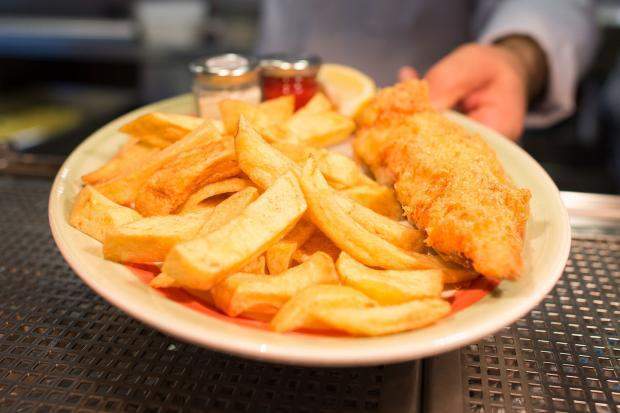
Haddock from the North Sea and the west of Scotland is no longer sustainable to eat after stocks fell below the acceptable levels in 2016 according to the the Marine Conservation Society (MCS).
Fishing is unsustainable when it threatens to wipe out a species of fish.
Haddock ranks as one of the UK’s “big five” most popular fish, alongside cod, tuna, salmon and prawns.
Verdict takes a look at the major species sold in UK supermarkets and fish shops, which are actually unsustainable.
1. Swordfish
Swordfish is a large silver fish with a distinctive sword shape on its head. Swordfish has a steak-like texture and is found in warm to temperate seas.
The only stocks considered to be relatively healthy are in the Eastern Pacific, as it is over fished almost everywhere else.
How well do you really know your competitors?
Access the most comprehensive Company Profiles on the market, powered by GlobalData. Save hours of research. Gain competitive edge.

Thank you!
Your download email will arrive shortly
Not ready to buy yet? Download a free sample
We are confident about the unique quality of our Company Profiles. However, we want you to make the most beneficial decision for your business, so we offer a free sample that you can download by submitting the below form
By GlobalData2. Atlantic salmon
Wild Atlantic salmon stocks in North America, Europe and the Baltic have been exploited since the 19th century and in many regions the species has disappeared completely. It is commonly sold fresh, canned, or frozen.
3. Plaice
Plaice are characterised by the eye-catching reddish spots on their smooth, brown skin. Their flesh is white, tender and subtle flavoured and plaice are popular around the world, being used in a variety of dishes including battered for fish & chips.
Plaice grow and reproduce very slowly, making them vulnerable to over fishing.
4. Bluefin tuna
Pacific bluefin tuna numbers dropped 96.4 percent from unfished levels due to decades of over fishing, according to data from 2013. About 80 percent of the global bluefin catch is consumed in Japan, where it is popular served raw as sashimi and sushi.
5. Wild Seabass
Wild seabass has suffered a dramatic decline in the English Channel, the Irish and Celtic Seas and in the southern part of the North Sea.
In 2010 the quantity of sea bass at breeding age was 15,000 tonnes, but is now estimated to be 11 to 12,000 tonnes and is expected to fell to 10,000 tonnes in 2015 – the lowest level for 20 years.






